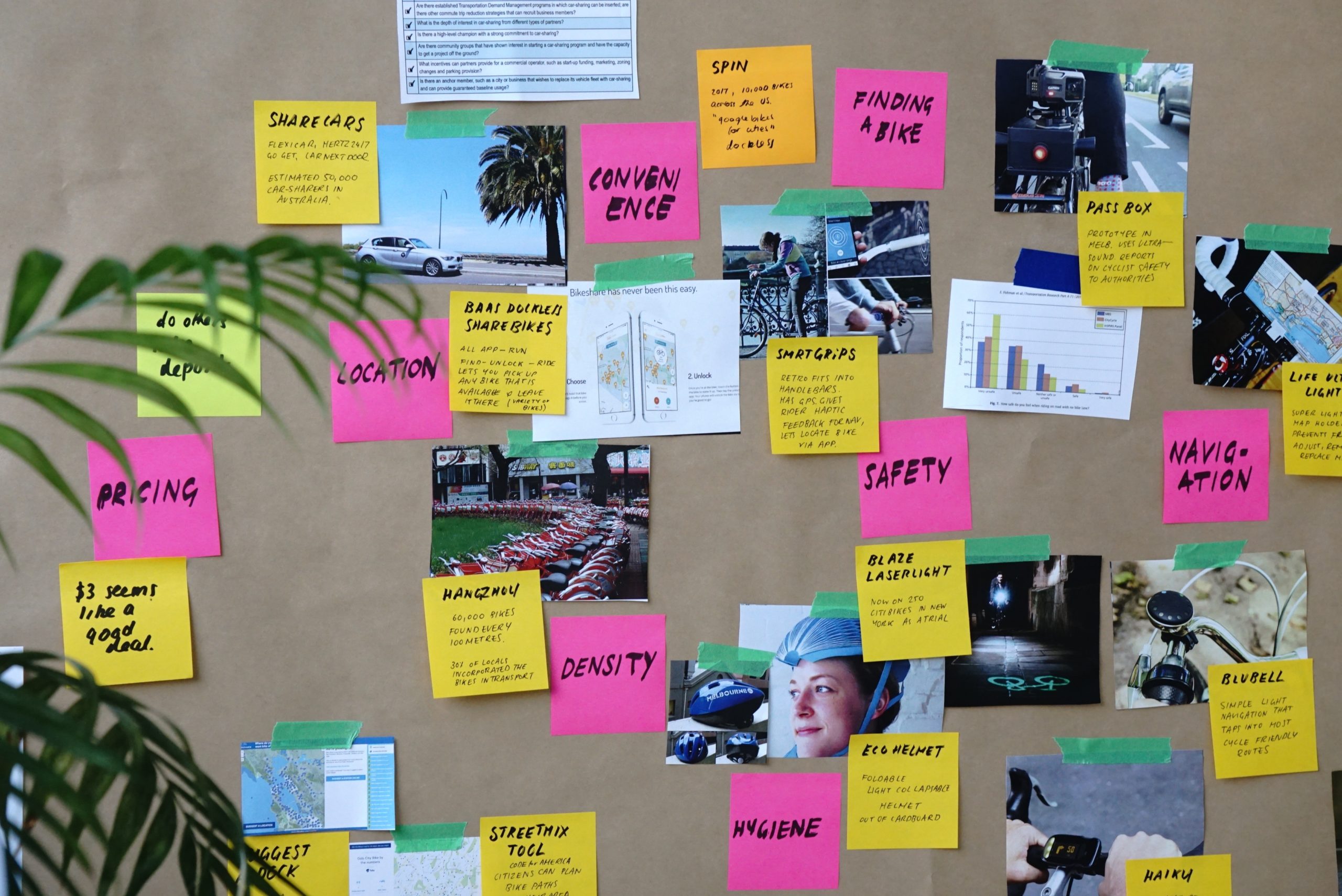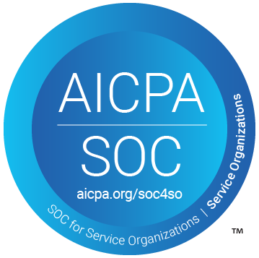The approvals process is often a major roadblock for email marketers. From branding to legal, product, finance, and a range of random people in between, there always seems to be one more stakeholder that has to take a look, while you’re just trying to get the campaign out the door.
Want to reach that final yes faster? We’ve compiled some easy ways to streamline the email approvals process in your enterprise.
Read on to discover how to cut out the manual processes and unnecessary steps that are plaguing your existing email approvals flow.
Switching up the status quo

First up, take a hard look at your current workflow and determine the manual processes that are slowing you down.
These could include endless back and forths among the email team, waiting on brand and legal sign-off for each individual email, or last-minute changes that create unnecessary work for creatives.
By examining the entire email process, you’ll be able to identify the stages that take up the most time, and what can be cut.
How can you streamline communications within your team so there’s no more back and forth? Is there a project management tool that could help?
If you’re always waiting for brand and legal sign-off, then maybe creating custom modular templates can reduce the need for their involvement. Modular templates allow you to set specific brand guidelines and legal requirements, meaning each email you create is automatically brand and legal compliant.
When it comes to last-minute changes, creating project briefs and finalizing creative at each stage goes a long way. Keep reading to learn how.
Creating briefs right from the start

Create strict briefs at the beginning of the email generation process, so that all requirements are clearly laid out (and can’t be changed at the drop of a hat), is crucial. Remember that short is sweet, lay out all the requirements you need but don’t overwhelm everyone with too many tiny details.
You should include details about the objective of the campaign, target audience, key messaging, call-to-action, creative needed, deadlines for each stage, and the stakeholders involved.
With this all included in one document, there should be less confusion across the team and other stakeholders about what the email generation process entails and what their involvement requires.
Additionally, by setting clear directives from the beginning, it should minimize the chance of big, last-minute changes down the line, like when someone decides to completely change the target audience or the key messaging of an email.
Finalizing creative at each stage

Just what it says on the label!
Implement a zero tolerance policy on copy changes after the copy stage has been finalized and on design changes after the design stage has been finalized.
I know you’re probably all grumbling, “easier said than done,” but it’s all about setting boundaries and forcing stakeholders to learn new behaviors.
It may take a few months but over time they’ll learn that you mean business, and it’s easier to follow the rules than risk the wrath of the mighty email team!
Setting strict approval guidelines

Create an approval workflow that dictates exactly who needs to sign off on emails, and try to limit this as much as possible.
Don’t let anyone sneak their way in, people will always suggest that someone else should just take a quick look, don’t let them. It’s a slippery slope.
Set strict deadlines for each approval, so you’re not endlessly waiting for sign off.
Automate this as much as possible by leveraging a project management tool of some kind that can send reminders and pester the stakeholders so you don’t have to.
Whatever approach you take, streamlining the email workflow can only lead to good things, like less time wasted by you and more time for actual strategic work.
Companies like Google, Disney, and Samsung use stensul to streamline processes and decrease email production time by 90%, so request a personalized demo and see for yourself.



